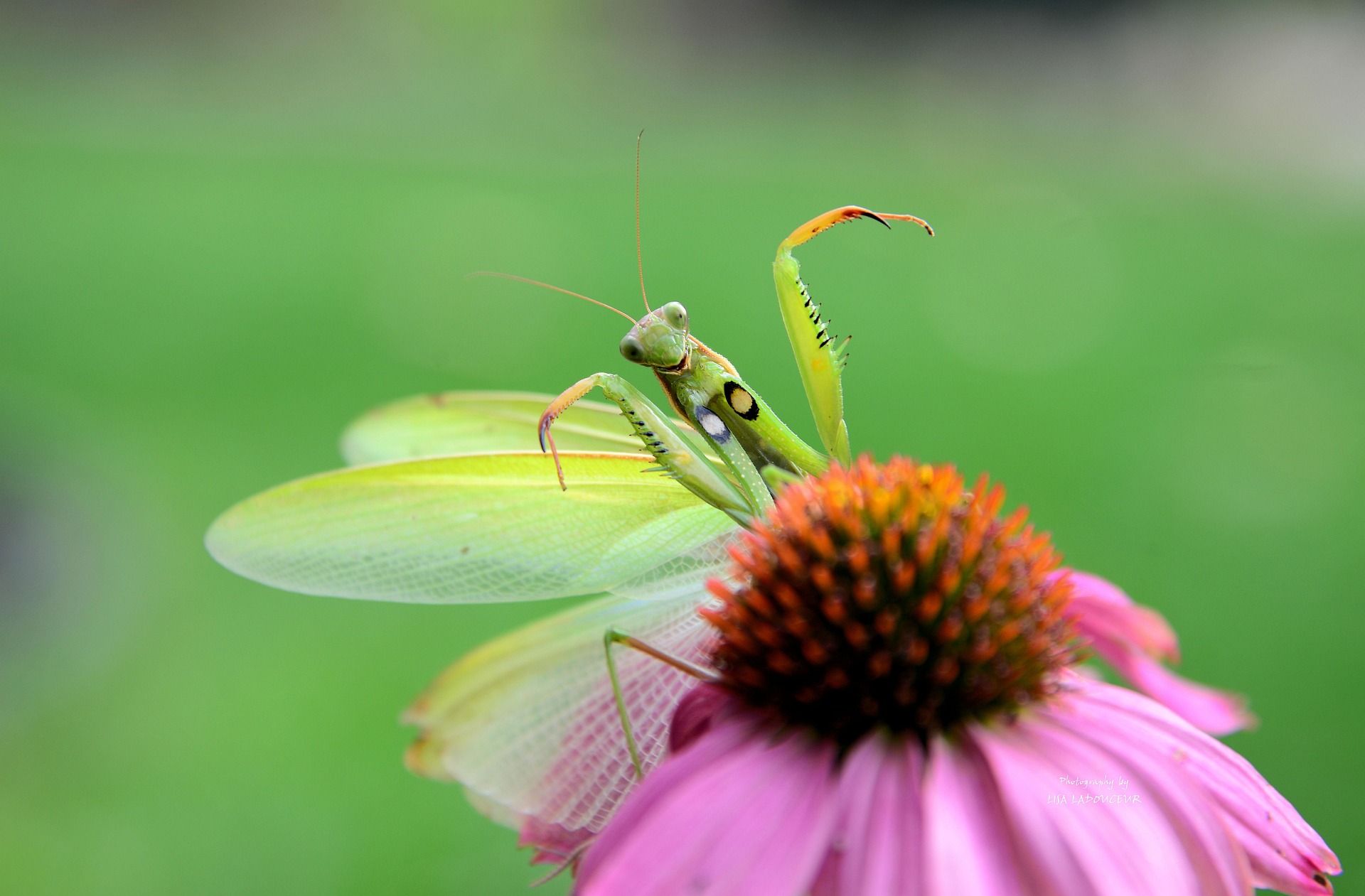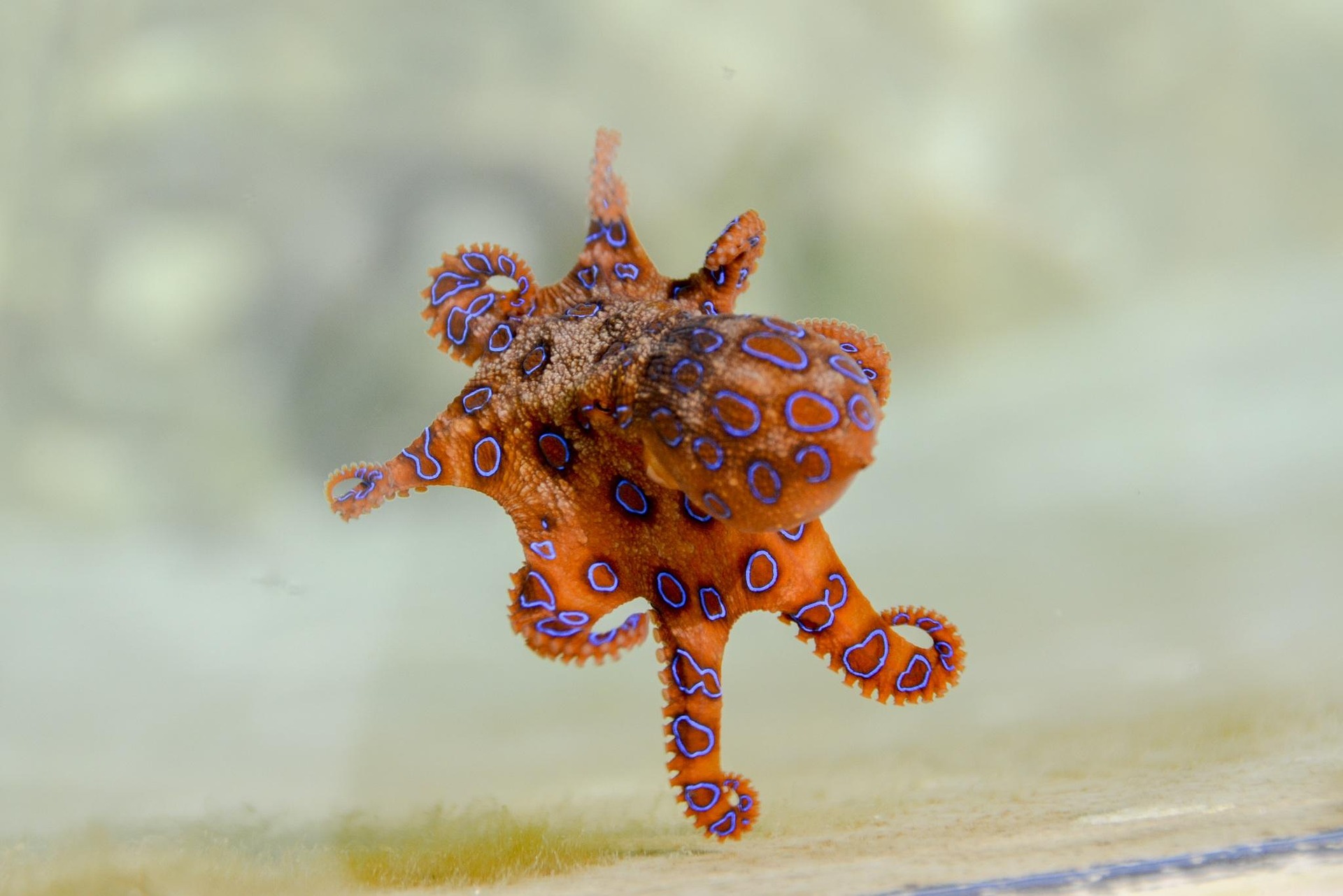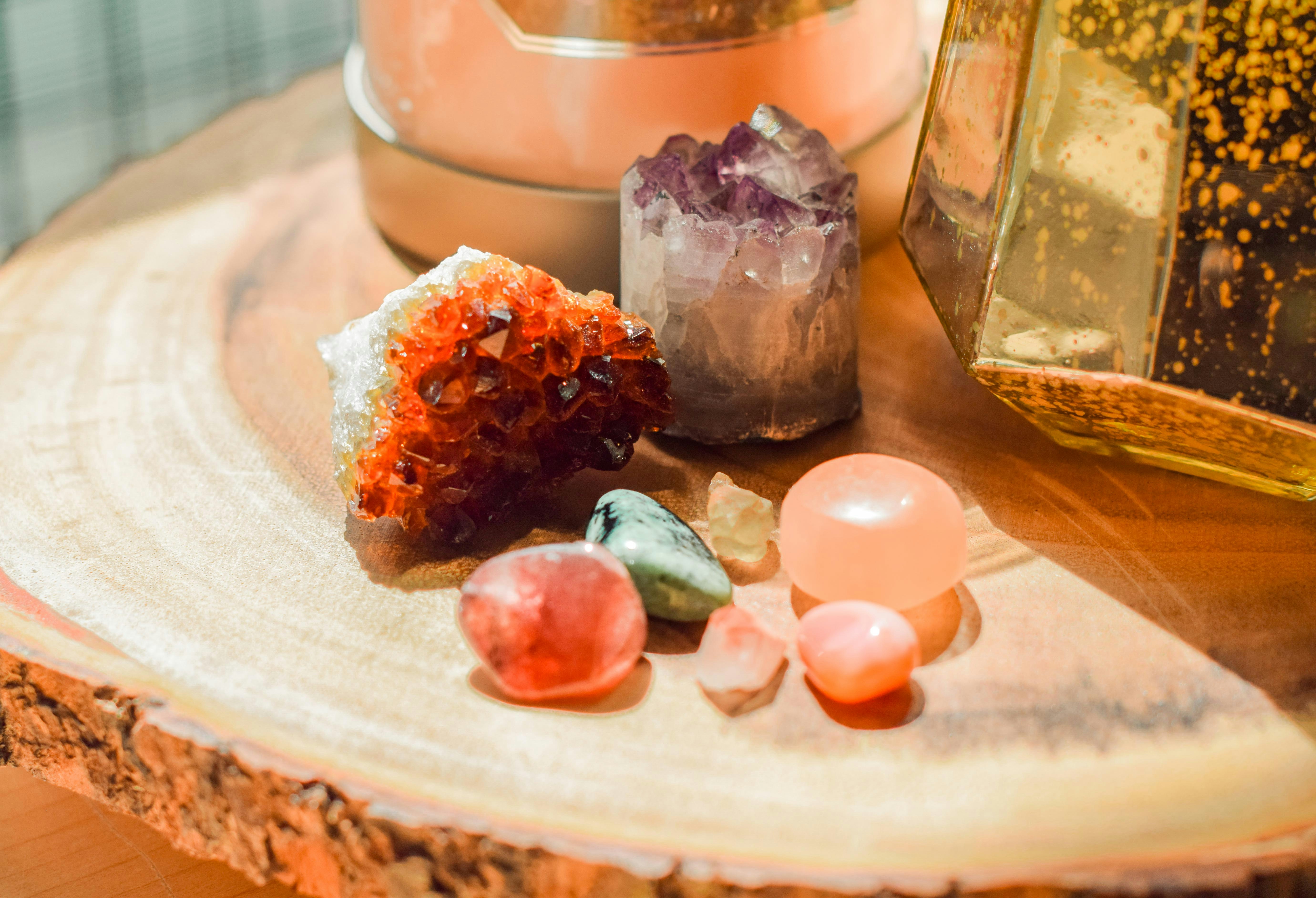The Intriguing World of Praying Mantis Pets: A Comprehensive Guide
The peculiar charm of praying mantises as pets has sparked interest among many people. Equipped with a unique demeanor and an easy-to-care-for nature, these fascinating creatures offer a refreshing deviation from traditional pet options. This article explores the distinctive aspects of owning a praying mantis, navigating through their history, cost, overall market impact, and the recent surge in their popularity.
Capturing the Fascination: Background on Praying Mantises
The praying mantis, or mantid, can trace its existence back to the early Cretaceous period, almost a hundred million years ago. Originating from a robust lineage of insects, mantises boast nearly 2,500 species worldwide. Their intriguing mannerisms and nimble hunting skills have not only earned them a special place in various cultures but also intrigued modern-day pet owners.
The Praying Mantis Revolution: A Recent Affair
While keeping insects as pets isn’t a novelty, the adoption of praying mantises has notably risen in the last few years. The increased interest is attributed to various factors like their low-maintenance nature, compact size, and peculiar behavior, all of which make them suitable choices for budget-conscious or space-restricted individuals.
The Market Impact and Costing of Praying Mantis Pets
Amid this surge in interest, the pet industry has seen a resultant spike in demand for associated products like size-specific terrariums, mantis-specific food, and care guides. On the cost front, a pet mantis is surprisingly affordable. Prices for a juvenile mantis typically range from $10 to $50, depending on the rarity of the species. However, the bigger chunk of their cost goes into maintaining their habitat, which averages around $100-$150, considering the essentials like a suitable enclosure, thermostat, humidity gauge, and lighting.
Debunking Myths: Facts Backed by Research
A common myth about mantises is that they are venomous, which often discourages potential pet owners. However, research confirms that mantises are harmless to humans. They do employ a unique hunting technique, patiently waiting for their prey before striking swiftly, but pose no threat to humans or larger pets.
Making Complexity Engaging: The Charm of Mantid Ownership
Even though mantises might seem exotic, caring for them is relatively straightforward. The time required for their upkeep is quite low compared to traditional pets, making them an intriguing choice for beginners and seasoned pet owners alike. Despite their incredible predatory skills, mantises are characteristically calm creatures, often providing odd moments of levity with their head-turning and curious stares.
At the interspecies level, mantises offer an interesting medium to understand life from a radically different viewpoint. Watching them navigate their miniature world, observing their hunting tactics, and studying their reactions can provide valuable lessons about adaptability and survival—qualities that resonate on a much larger scale.
Keeping a praying mantis as a pet is more than a matter of eccentricity; it’s a small step towards appreciating the astounding diversity of life. With minimal investment and maintenance, these intriguing creatures make for an ideal choice for anyone looking to step outside traditional pet norms. While not your typical cuddly pet, their unique character, and fascinating behavior make them worthy contenders in the diverse world of pet ownership.





